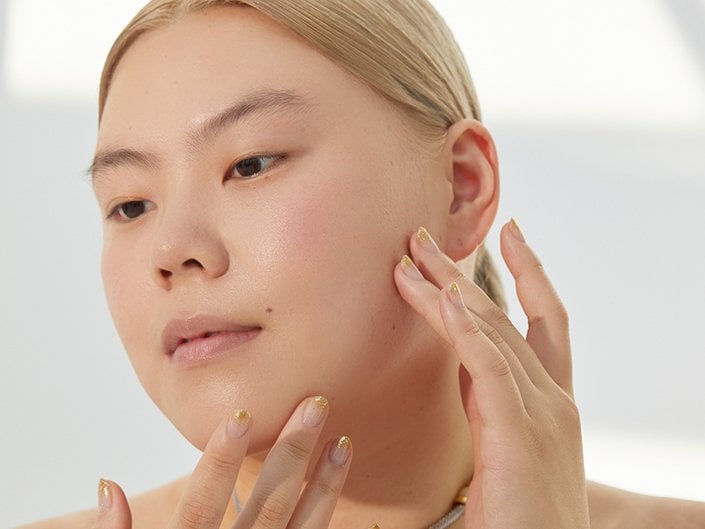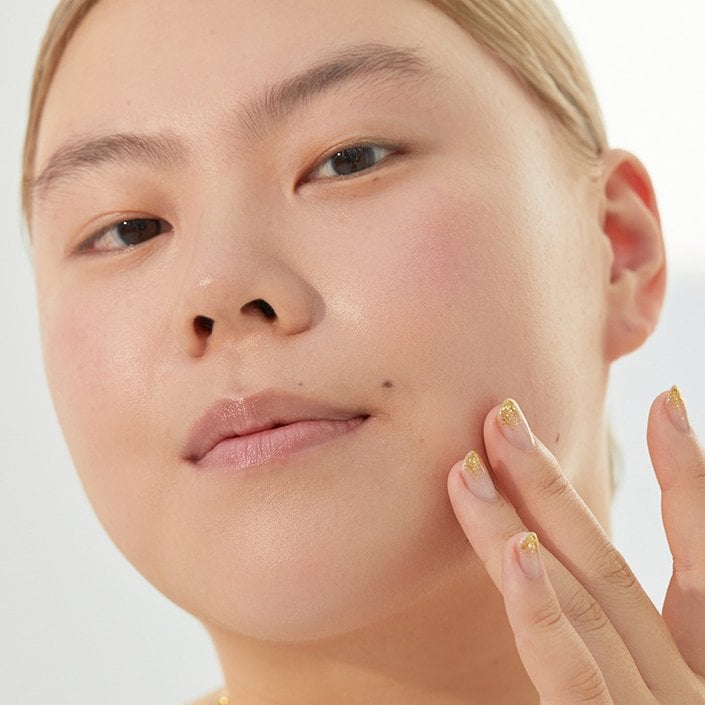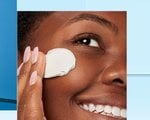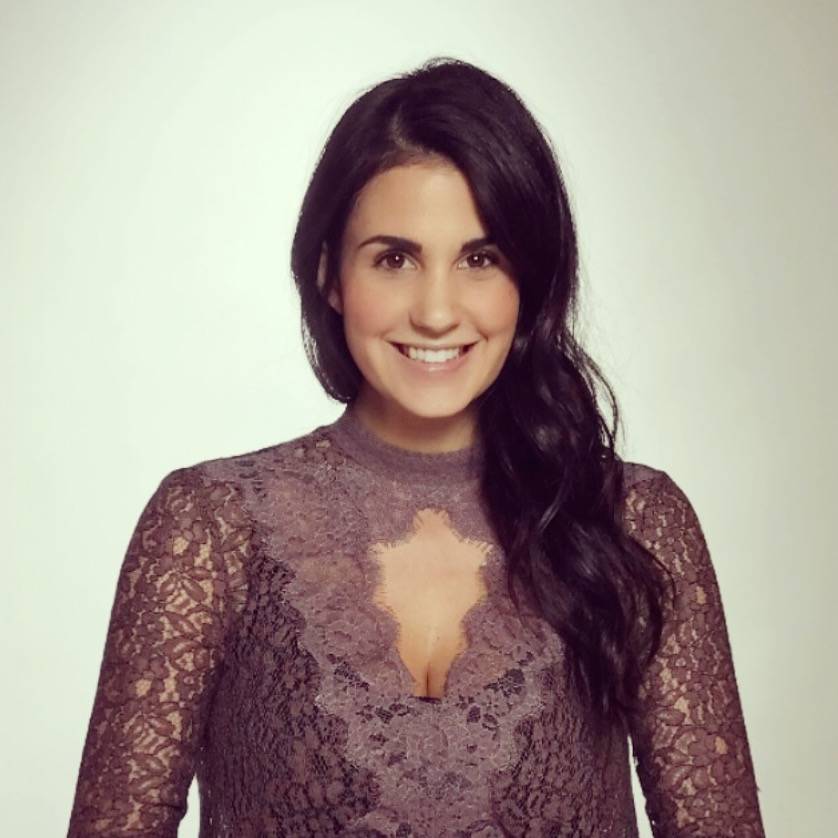What to Expect During an Annual Skin Check, According to Dermatologists
April 28, 2023
What Happens During a Full-Body Skin Check?
When you get a full-body skin check, a dermatologist will examine your skin from your scalp to the soles of your feet, looking for spots or moles that could be cancerous.
Dr. Shah recommends getting a full-body skin check at a dermatologist’s office once a year, and doing an at-home check yourself monthly. Here’s our guide on how to perform a skin check at home.
If you notice anything you think may be cause for concern, make sure to see a board-certified dermatologist, even if it’s been less than a year since your last appointment.
Why Is a Full-Body Skin Check Important?
A full-body skin check is the best way to identify skin cancer early. “There are three main types of skin cancer: basal cell carcinoma, squamous cell carcinoma and melanoma,” says Dr. Shah. “When found early, skin cancer is highly treatable and in most cases curable.”
How Long Does a Full-Body Skin Check Take?
For something so important, a skin check takes relatively little time. In fact, if your doctor doesn’t notice any concerning moles, Dr. Shah says a full check should only take about 15 minutes.

What to Know Before Getting a Full-Body Skin Check
“Before your appointment, make note of any growths or moles that are changing, have symptoms or look different from your other moles,” says Dr. Shah.
To identify if a spot is concerning, use the ABCDE rule.
A: Asymmetry
Take note if one half of the mole does not match the shape of the other.
B: Border.
If the edges are “ragged, notched, uneven or blurred,” there could be cause for concern.
C: Color
You might see moles that are shades of black, brown, tan, blue, gray or red.
D: Diameter
According to the American Academy of Dermatology, melanoma spots are typically greater than six millimeters, or about the size of a pencil eraser. However, they might be smaller when diagnosed early.
E: Evolving
Notice if the mole looks different from others or if it changes in size, shape or color.
What Happens if Your Doctor Sees a Concerning Mole?
If one or more of your moles display symptoms of skin cancer, your doctor will likely perform what’s called a biopsy in order to give you a diagnosis.
A biopsy is a simple, low-pain procedure in which your doctor removes a small amount of skin to be examined by a pathologist. “During the biopsy, your doctor will clean the area of skin where the spot is located, numb it with an injection of anesthesia, and use a scalpel to take a sample of the skin,” says Dr. Shah. “You shouldn’t feel any pain, aside from the pinch from the injection.”
The sample will then be sent to a lab and tested for cancer. According to Dr. Shah, your results should come back in only a few days. If the spot is cancerous, she says, “it may need to be completely removed and treated with other processes.”
Remember, the earlier skin cancer is identified, the easier it is to treat — which is why monthly at-home checks and visits to your dermatologist are so important.
Can’t get an appointment with a dermatologist right away? If you live in the New York City area, La Roche-Posay is making it easier than ever to get a free skin screening ASAP. On April 30 and May 1, the brand is partnering with Schweiger Dermatology Group to host a two-day event in honor of Melanoma Monday and Melanoma Awareness Month. Head over to Hudson Yards to get your free skin check from a dermatologist, and La Roche-Posay will donate $5 to the American Cancer Society with each screening.



























